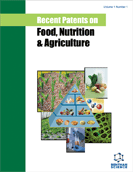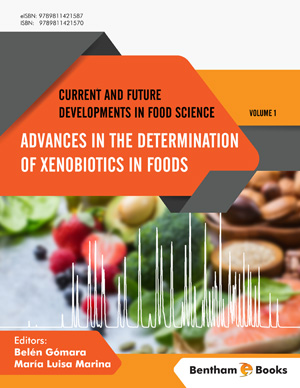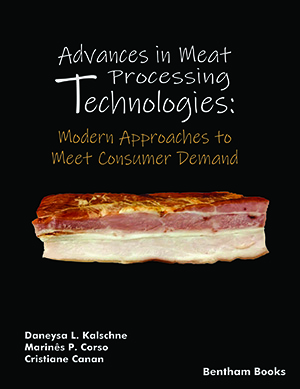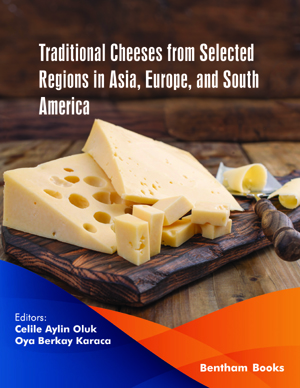Abstract
The transition to a circular bioeconomic model that incorporates sustainable
extraction processes such as enzyme-assisted extraction (EAE) is motivated by climate
change, population growth, and changing diets to address food security and safety, and
preserve natural resources (land, and water) and biodiversity. EAE can be applied to
extract nutrients and bioactive molecules for food analysis and profiling, and for
industrial exploitation of bioactive compounds from novel feedstocks. Commercial
extraction processes require high recovery of the targeted compounds and must
guarantee the preservation of the biological activity of the products, which is difficult
to achieve using conventional methods. EAE is a possible alternative to preserve the
quality of final products while reducing the industrial footprint in the food sector at a
larger scale. This chapter describes the parameters that impact the extraction yield
obtained in the EAE process and provides recent examples of its successful application
for the extraction of polymers and bioactive compounds of very diverse matrices (plant,
animal, mushrooms, yeast, food waste, and insects), with emphasis on process
conditions. This chapter also identifies the challenges and opportunities of EAE and the
emerging areas of research to facilitate the economic feasibility of the enzymatic
extraction of bioactive molecules. Costs related to enzyme production and its use are
one of the main impediments to the industrial application of the EAE process. Recent
research progress suggests that reduction of EAE costs can be achieved by a holistic
approach considering all steps: enzyme production (by using cheap enzyme production
media, in-house enzyme production), selection of feedstock (i.e., food byproducts),
enzyme recycling (enzyme immobilization, nano-biocatalysts), the search of novel
enzymes (marine degrading polysaccharides), more robust enzymes (i.e.,
extremozymes) and/or enzyme improvement (bioengineering), and EAE process
optimization (minimum optimal enzyme dosage). EAE technology for food analysis
and production of bioactive molecules keeps building momentum as it is sustainable,
environmentally friendly, and innovative
Keywords: Bioactive compounds, Biorefinery, Biocatalysis, Environmentally friendly enzyme technology, Enzyme-assisted extraction, Sustainable natural sources.



















